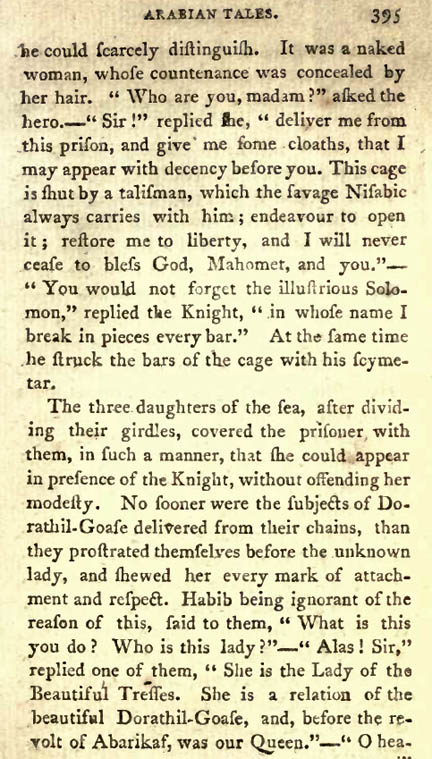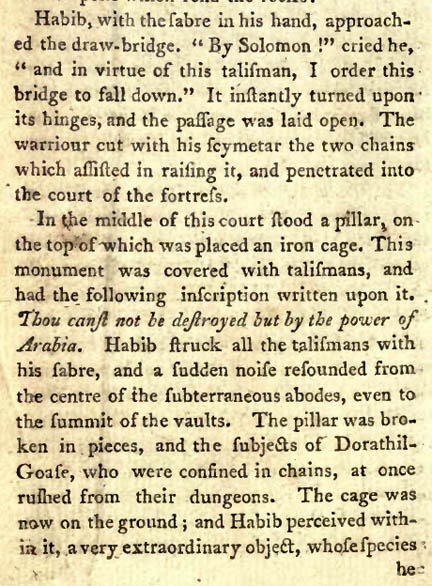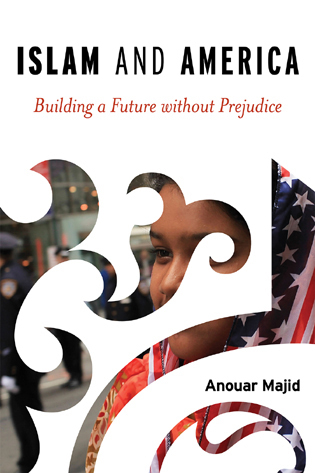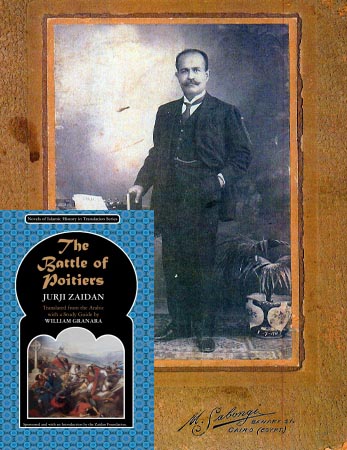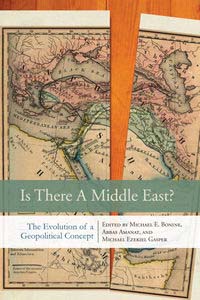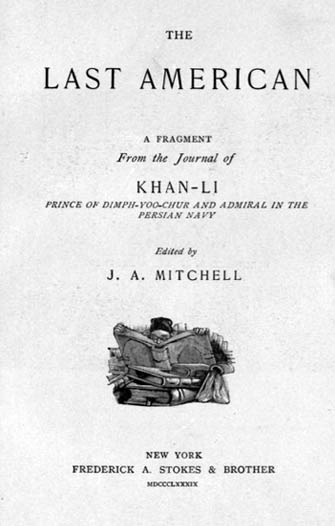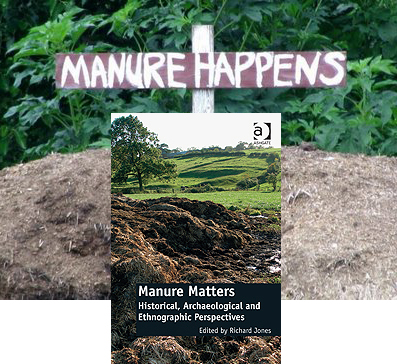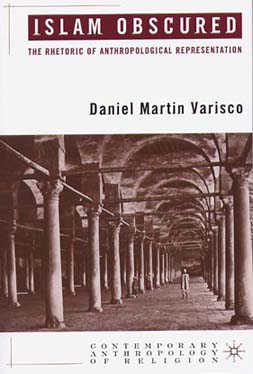
Review of D. M. Varisco, Islam obscured. The rhetoric of anthropological representation, Palgrave MacMillan, New York 2005.
by Estella Carpi, letturearabe di Jolanda Guardi, June 29, 2012
Anche a distanza di ben sei anni, vale la pena recensire il testo dell’antropologo Americano Daniel Varisco, considerate l’urgenza attuale di de-cristallizzare i discorsi sull’Islam, particolarmente nel contesto accademico italiano.
Attraverso una rassegna concettuale di eminenti studiosi tra i quali Ernest Gellner e Clifford Geertz, e la de-mitizzazione della sociologa marocchina Fatima Mernissi che ancora pecca di una visione monolitica dell’Islam, Varisco riesce totalmente, a mio avviso, nell’intento di decostruire il solo Islam univoco, omogeneo, aspettatamente coerente e destoricizzato che ci viene rifilato.
L’Islam che definirei “monolitico†tuttora pervade i discorsi dei più esperti: Varisco, attraverso il suo background squisitamente antropologico, invoca invece all’osservazione degli individui che si auto-definiscono “musulmaniâ€, piuttosto che alla catalogazione di ciò che l’Islam teologicamente prevede. L’Islam, come qualsiasi altra religione intesa sia come istituzione che pratica culturale, può soltanto essere rappresentato.
Per demolire le tuttora ancor troppo diffuse stagnazioni dogmatiche e una comprensione campanilistica dell’Islam, è quindi necessario, sostiene Varisco, tener conto del fatto che additiamo costantemente ai misfatti compiuti dai musulmani con maggior indignazione, in riflesso appunto alla nostra lettura dell’Islam, inteso come insieme di valori e pratiche rigorosamente coerenti, rispetto a qualsiasi altra religione.
I musulmani sono invece “conservatori o comunisti, maschi o femmine, giovani e vecchi, ricchi e poveri, di buon umore o mal intenzionatiâ€, che poco hanno a che fare con una logica islamica del “prendere o lasciareâ€, quale invece ampiamente diffusa nella letteratura al riguardo. Continue reading Islam Obscured reviewed →
